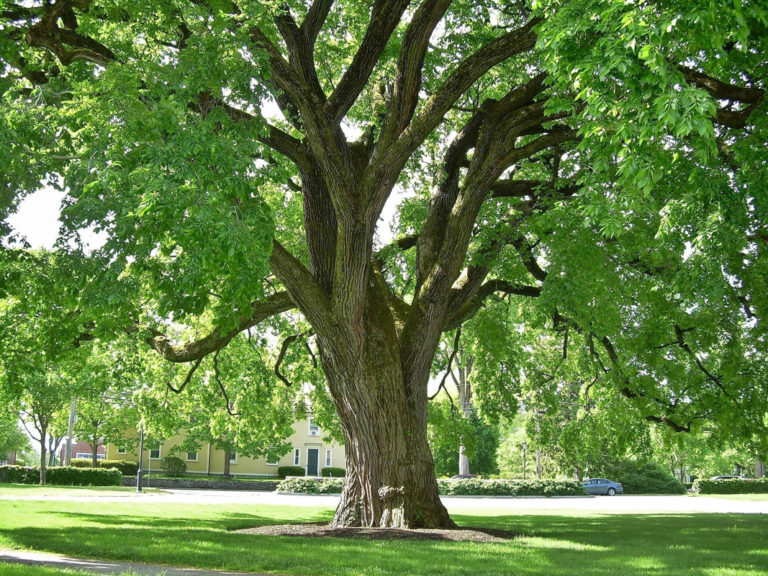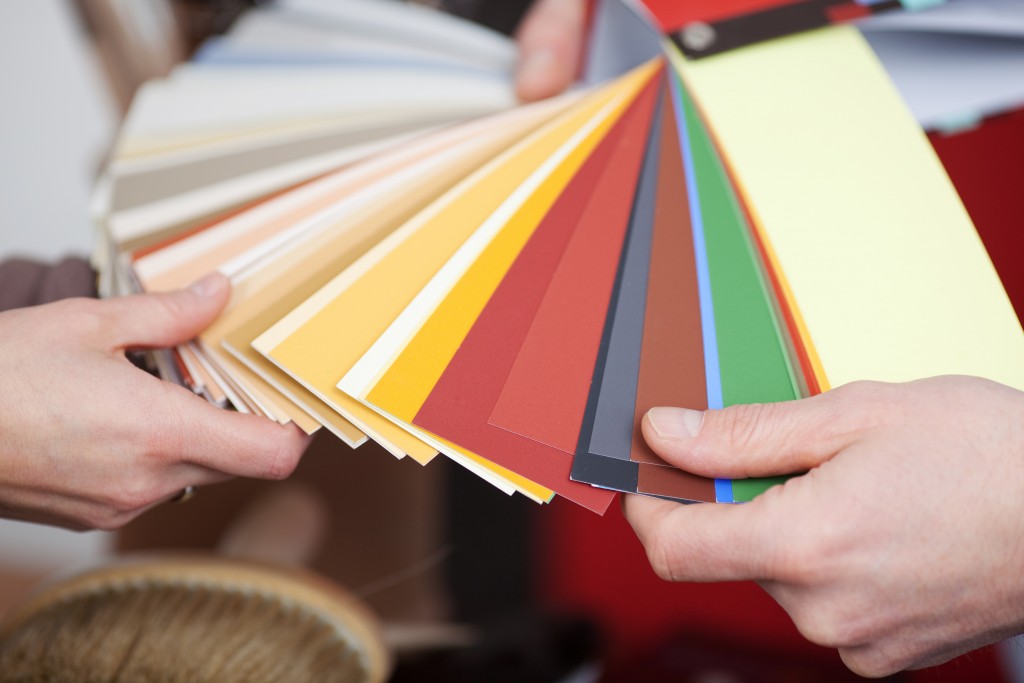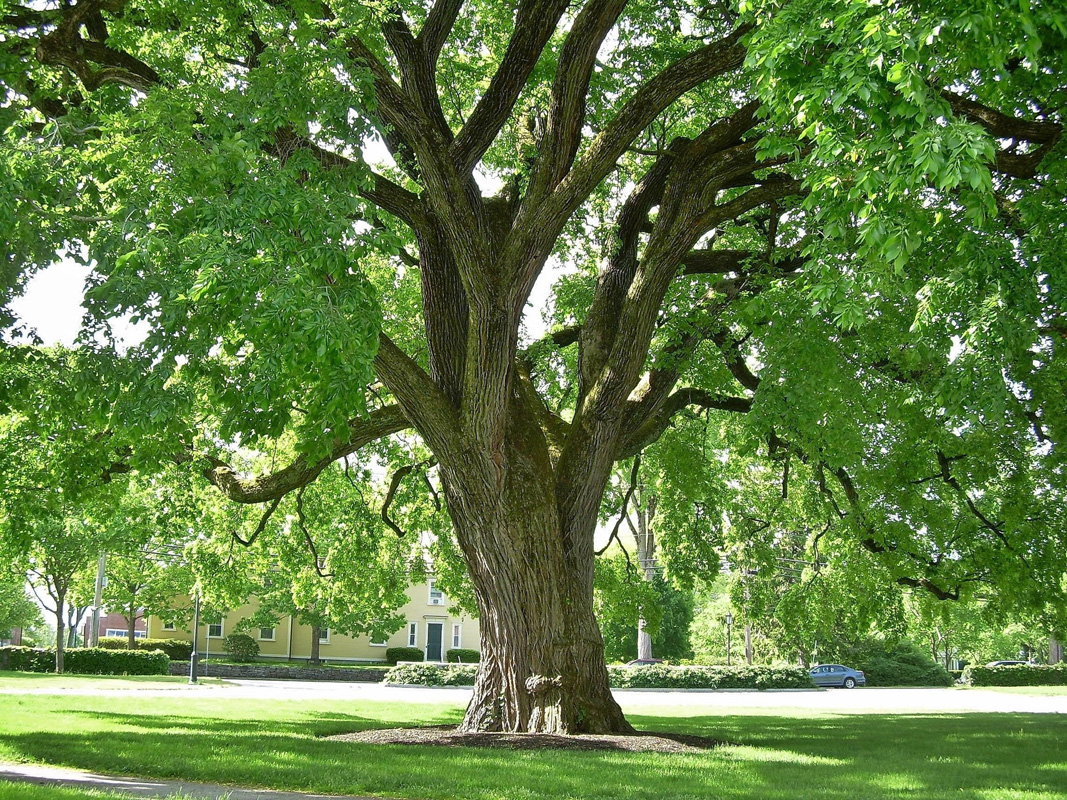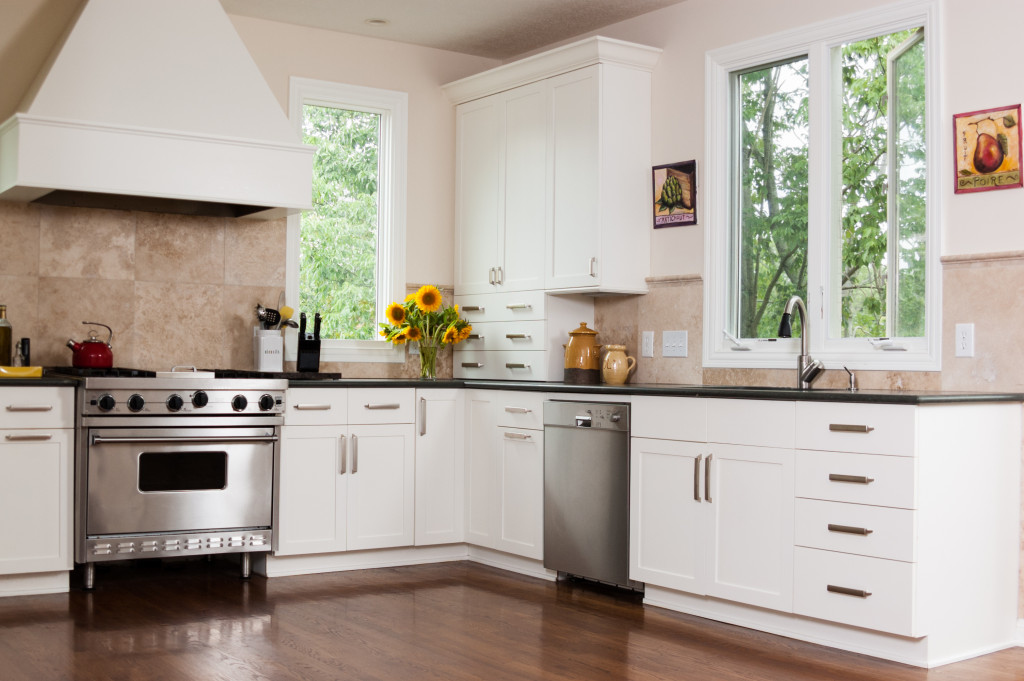According to research, a vast majority of American homebuyers still care about lawns. A recent survey revealed 79 percent of Americans state that lawns are still very important features for them when they’re buying or renting homes. If you’re thinking of reselling your property or simply sprucing it up, improving the lawn will give you a massive advantage. Planting beautiful trees along the property line or a single stately specimen in the back of the property can be all the boost you need.
Your lawn can be massively improved by a stand of stately ash trees or a grove of fragrant cedar trees. However, if you’d rather have trees with robust and beautiful foliage, you may want to plant elm trees instead.
Elm trees are a beloved species of tree, often seen in parks and yards across the United States. But did you know that there are multiple types of elm trees? And that some varieties can be prone to certain diseases? This guide will explore the different types of Elm Trees and the diseases that can affect them so you can better understand how to care for them. From understanding their unique characteristics to recognizing signs of illness, we will provide all the tips and information you need to keep your elms healthy and thriving!
Elm Tree History
The elm family is one of the oldest trees in North America, with records of them first being mentioned as early as 1590. Alongside the cedar tree that was also prominent in the area and the poplar tree that was native to Europe, the elm served as a source of construction material and fuel. They are often used for their shade and ornamental beauty.
While most elm trees are hardy and disease-resistant, some varieties can be prone to certain types of sickness. Many of these diseases are caused by fungi and can spread quickly, so it is important to recognize the signs of infection and take action immediately.
What are the Properties of Elm Trees?

Elm trees are a genus of ornamental shades trees that are part of the Ulmaceae family. There are approximately 35 species of elm trees, most of which are native to temperate areas in the Norther Hemisphere. There are different reasons people cultivate the many types of elm trees, both in their backyard and for commercial purposes. Here are some of the properties that make elm trees so attractive.
Attractive foliage.
There is a reason the elm is a type of ornamental shade tree. The different species of elms have some of the most resplendent foliage in the Northern Hemisphere. Each tree provides ample shade and vibrant colors, making them ideal for when you want to explore better outdoor living.
Elm bark may be medicinal.
Elm has been a staple in the supply rooms of apothecaries and healers for centuries. Although there’s insufficient scientific evidence to confirm it, the bark of elm trees has been used to reduce water retention because of its diuretic properties. It may also have astringent properties, helping keep wounds dry.
Elm wood is water resistant.
Elm trees are also a boon to furniture builders and woodworkers because its wood is highly durable to water exposure. Elm wood is so resistant to water it can even last longer than most types of wood when completely submerged.
What are the Types of Elm Trees?

There approximately 35 species of elm trees in the world, but not all of them grow in the United States. Some can be transplanted into your yard, like Japanese persimmon trees, with only a little difficulty.
Below are three species endemic to North America. Learning about their particular features and needs is absolutely necessary if you want to grow them in your backyard.
American Elm
This species of elm tree is the state symbol of North Dakota as well as Massachusetts. It has a distinctive canopy that is reminiscent of a vase. The spread of the American elm’s canopy can spread between 40 and 70 feet. It can also grow to 90 feet tall, taller than even most poplar trees. It also requires full sunlight exposure to reach its full height and growth potential.
Slippery Elm
Slippery elms get their name from the sticky secretions that come from their inner bark, also known as mucilage. These trees have lovely reddish-green blooms and have a delightfully red bark. These hues of red also lend the tree its scientific species name, rubra. Slippery elms are not recommended for home landscaping purposes because they are very susceptible to a lot of elm tree diseases. They require plenty of tree care to grow beautifully.
Cedar Elm
Among the different types of elm trees, cedar elms are the best choice for growing on an urban property. The cedar elm can tolerate growing on poor soil, requires little water and can even withstand certain levels of pollution. These elm trees are typically found in the southern part of North America such as Texas and neighboring states. Although this tree isn’t related to cedars, they are often found growing next to juniper groves, which are also called cedars.
Chinese Elm
Another popular type of elm tree is the Chinese Elm. This elm tree is smaller and more compact, with a rounded canopy and twisted branches. Asian-inspired gardens often feature this type of elm for its unique look and lush green foliage.
Lacebark Elm
The Lacebark Elm is a large, sturdy tree that grows up to 70 feet tall. This type of elm is known for its distinctive exfoliating bark, which is light brown and can peel off in layers.
Siberian Elm
Smaller than its American and Chinese cousins, the Siberian Elm is a medium-sized tree that grows up to 30 feet tall. This elm tolerates cold temperatures and can even survive in colder climates.
Hybrid Elms
Hybrid elms are created from a combination of two or more types of elm trees, often with the intention of increasing disease resistance. These varieties include the Emerald Sunshine, Prairie Expedition, and Valley Forge Elms.
Growing Elm Trees from Seeds
If you want to plant an elm tree from seed, you can either grow it from a nursery-purchased seed or collect your own. If you are collecting your own, get the seed from a healthy and mature tree. You should also avoid collecting seeds damaged by wind or rain. Once you have the seeds, soak them in warm water overnight and plant them in moist soil between 65 to 75 degrees Fahrenheit. If you cannot plant the seeds immediately, they can be stored in a cool, dry place or refrigerated for up to twelve months.
Propagating Elm Trees from Cuttings
Elm trees can also be propagated from cuttings. The best time to take a cutting is in late spring or early summer when the tree is actively growing. Cut a 4 to 6 inches long branch with two or three buds on it. Remove any leaves from the lower part of the branch and dip them in a rooting hormone. You can then plant the cutting in moist soil and water it regularly.
Watering and Sunlight Requirements for Elm Trees
Like most trees, elm trees need plenty of water and sunlight to stay healthy. They should be watered deeply once a week (or more during hot, dry weather). Make sure to avoid overwatering, as this can cause root rot. Also, elm trees prefer full sun but can tolerate some shade. If you’re planting multiple elms in a row, leave enough space between them so they each get enough sunlight. Drainage can also be an issue for elm trees, so ensure the soil is well-drained. Use a soil test to determine the pH level before planting.
Fertilizing Elm Trees
Fertilizing your elm tree once or twice a year can help promote healthy growth and ensure they get all the necessary nutrients. Use a balanced fertilizer specifically designed for trees and shrubs, such as an 8-8-8 or 10-10-10 mix. Apply the fertilizer in the spring, when the elm tree is starting to leaf out, and again in late summer. Spread the fertilizer around the base of the tree, being careful not to get it on the trunk.
Elm Tree Companion Plants
Companion plants can help keep your elm healthy and thriving by providing additional nutrients, creating a balanced ecosystem, and attracting beneficial insects. Choose plants that have similar sunlight and water requirements, as well as those that can tolerate being in the shade of a large elm tree. Good companion plants for elms include wildflowers, ferns, and other deciduous trees. Some plants like lavender, garlic chives, and marigolds can also repel pests.
Pruning and Pollinating Elm Trees
Especially when the elm tree is young, it’s important to prune away any dead or diseased branches to keep the tree healthy. Pruning should take place in the early spring before new growth begins. Pollination is another essential part of keeping your elm tree healthy; if you live in an area with few pollinators, consider hand-pollinating the tree yourself. You can do this by gently shaking the branches or using a small brush to transfer pollen from one flower to another.
What are Common Elm Tree Diseases?

Unfortunately, some elm varieties can be prone to certain diseases and infections. Dutch Elm Disease is one of the most common, and it can be devastating to a tree if not treated quickly. Symptoms include wilting leaves, yellowing leaf edges, and a sudden die-off of branches. Other diseases like Leaf Scorch, Verticillium Wilt, and Anthracnose can also affect elms. If you notice these signs, contact an arborist immediately for diagnosis and treatment. The best way to protect your elm trees from disease is to practice proper maintenance and care. Here are some gardening tips and tricks.
If you’re planning on growing a stand of elm trees in your backyard, you’re going to need to know the diseases that are most likely to ruin their health and appearance. Some of these diseases can be averted and cured with a little tree care.
Dutch elm disease
The most prevalent of all the elm tree diseases. It manifests as the leaves on the branches wilting and falling off before their time. Over time, more and more branches are affected and even the outer layers will start getting ugly brown streaks.
Treatment: The only way to treat Dutch elm disease is to destroy all infected trees immediately. Remove the bark from the stumps all the way to beneath the soil line and burn all wood to purge the larva spreading the disease.
Wetwood
Elm trees afflicted with wetwood will start secreting a foul liquid from its branches and cuts. The foul liquid will leave gray streaks on the bark. The ooze can kill surrounding bark and turf it lands on. Despite its wet and slick appearance, elms with wetwood will rarely have rotten interiors.
Treatment: Wetwood won’t deal permanent damage to the tree unless it suffers stress. Such stresses include compacting the soil and receiving any wounds such as scrapes and cut branches. By no means should you insert a pipe into the tree to alleviate pressure.
Black leaf spot
This disease manifests as tiny black spots on the leaves, slightly raised and rough in texture. The leaves will wilt and yellow prematurely, causing them to fall off.
Treatment: Alarming as the yellowing leaves and falling off may look, there is no need for drastic management or treatment as the disease can be overcome with time and by removing leaves.
Elm trees are amazing shade trees and can add great value to your residential property. As long as you take care of them and monitor their growth, your own elm trees will reach the sky and cover your yard with soothing shade.
Final Thoughts
Graced with historical significance and breathtaking beauty, elm trees are a beloved species that has captivated people for centuries. To keep your elm healthy, it’s important to understand the different types and diseases that can affect them and proper maintenance practices such as pruning and pollination. This guide gives you all the information you need to keep your elms healthy and happy for many years.
Frequently Asked Questions
1) Where do elm trees grow the most?
Elm trees are most commonly found throughout North America, Europe, and Asia. They can tolerate a wide range of climates and soils, but they thrive best in moist, well-drained soil and full sun.
2) What are the common problems with elm trees?
Elm trees are susceptible to diseases and pests. Because of this, it’s important to monitor your elm tree regularly for signs of infection. Some common problems include Dutch Elm Disease, Leaf Scorch, Verticillium Wilt, and Anthracnose.
3) Is it good to have elm trees in your backyard?
Elm trees are beautiful and can provide shade, privacy, and wind protection. They’re one of the greatest additions to any backyard. However, monitor them regularly for any signs of illness to ensure they stay healthy.
4) Do elm trees attract bugs?
Elm trees can attract a variety of bugs, including aphids and borers. But they can also attract birds, which helps keep the population of these bugs in check. To minimize pests, practice good garden maintenance.
5) How far from a house should you plant an elm tree?
It’s best to plant elm trees at least 10 feet away from your home. This will give the tree enough space to grow without becoming a nuisance or damaging your property.






